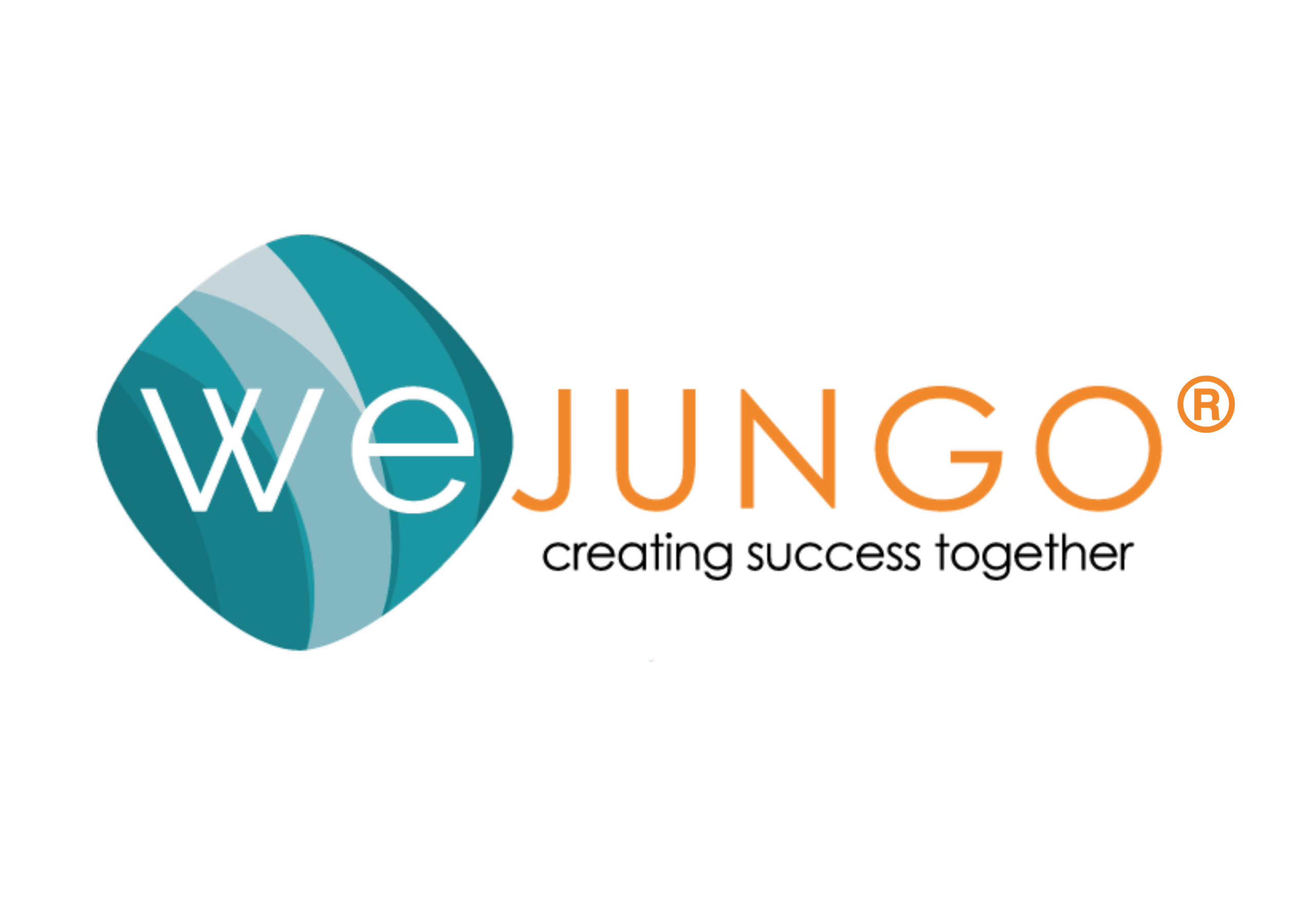4 Steps To A New Promotion Model
originally published at Benefitspro, 2015.
Organizations were truly shaken up and altered by the last recession.
In the past, the so-called lessons learned were quickly forgotten as companies lost focus on efficiencies and fell back into bad habits. So far, overall, that is not happening this time around.
One clear sign of this: a study of some 12,000 employees that found that their No. 1 complaint about their employers, the No. 1 reason they look for a new job, is stifled career advancement. Author of the study CEB says this is a direct result of the flattening of organizations. Most have permanently trimmed layers of management and certain employee categories, leading to a much longer time between promotions ? as much as three years longer than was the average in 2010, CEB found.
So it wasn’t surprising that 70 percent of respondents reported that they were dissatisfied with their internal career opportunities. While this cautious approach to staffing by companies may be good in theory, CEB warns that trouble is a-brewing in the form of massive turnover as employee frustration explodes. And turnover is not cheap.
What to do to retain the benefits of a more skeletal crew without risking high and crippling turnover? CEB says companies need to change the getting-ahead model, from one in which an employee march up a specific skill ladder, to one in which employees expand skill sets and move laterally within the enterprise.
“Rather than encouraging an environment where promotions are the measure of career progression, companies should build growth-based career cultures where moves across functions are not only planned but encouraged,” CEB says.
“Doing so not only improves employee engagement but also helps improve the bottom line. By providing better career opportunities for employees, organizations can decrease turnover by 33 percent, saving an organization with 10,000 employees $7.5 million dollars per year.”
CEB has four steps that management can consider in order to create this new paradigm.
Design careers around experiences that allow employees to grow with the organization. Destroy the internal silos that separate disciplines, and cross train to tease out the hidden talents within each worker bee.

Deliver targeted internal job opportunities to employees before they actively look for a job. Find out where an employee’s hidden talents might take her or him within the organization, and create specific opportunities within other departments where the person can be nurtured to succeed. Don’t just let a top performer walk out the door because there was nowhere to go upward.
Overcome talent hoarding by creating a talent brokerage that allows managers to both import and export talent. This will be tricky: You’re attacking a sacrosanct management privilege, that of building a strong department by keeping a tight grip on the top performers. But, if you include your managers in this new advancement model, the pill may be easier to swallow.
*************************************************************************************************************
ABOUT THE AUTHOR: DAN COOK
Dan Cook has been a journalist since the 1970s, working as a reporter and editor for newspapers, magazines, wire and online new services. His primary career focus has been on business news coverage. He lives in Portland, Oregon.
Cook, Dan. “4 Steps to a New Promotion Model.” 4 Steps to a New Promotion Model. Benefitspro, 17 Nov. 2015. Web. 11 Dec. 2015.







